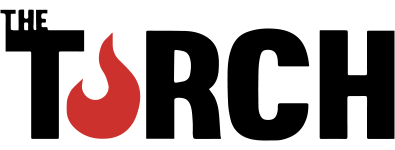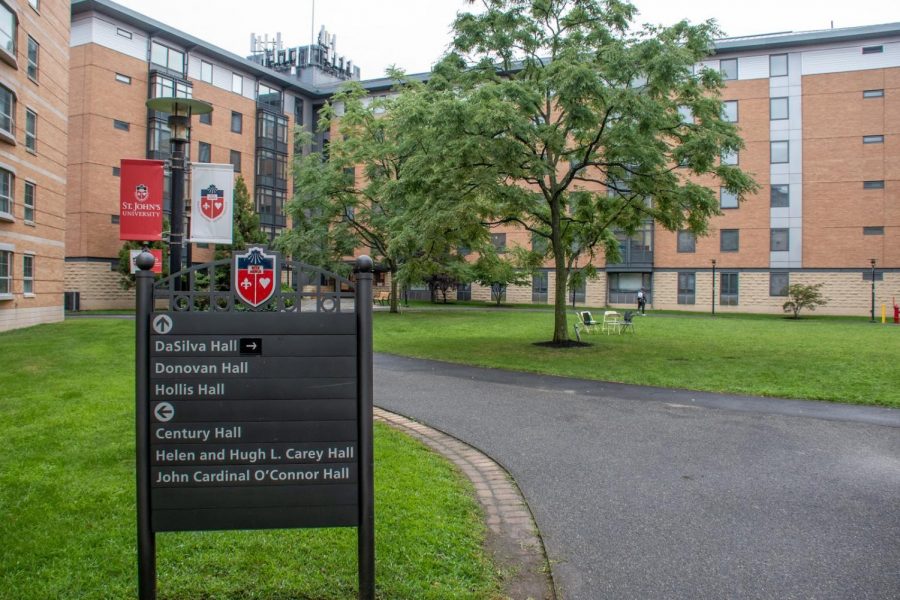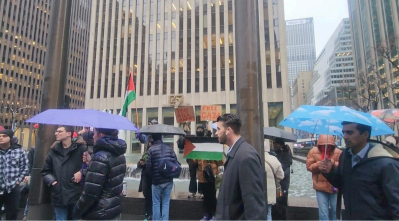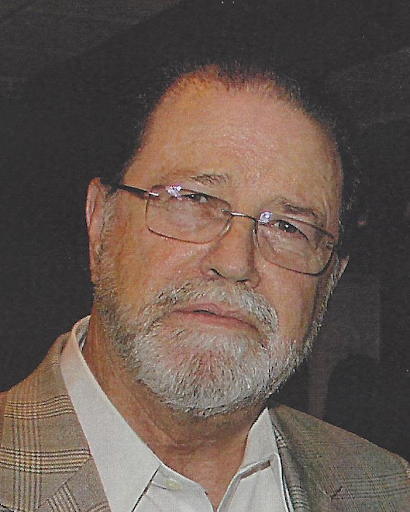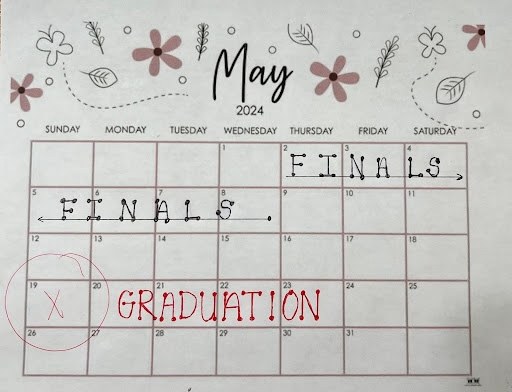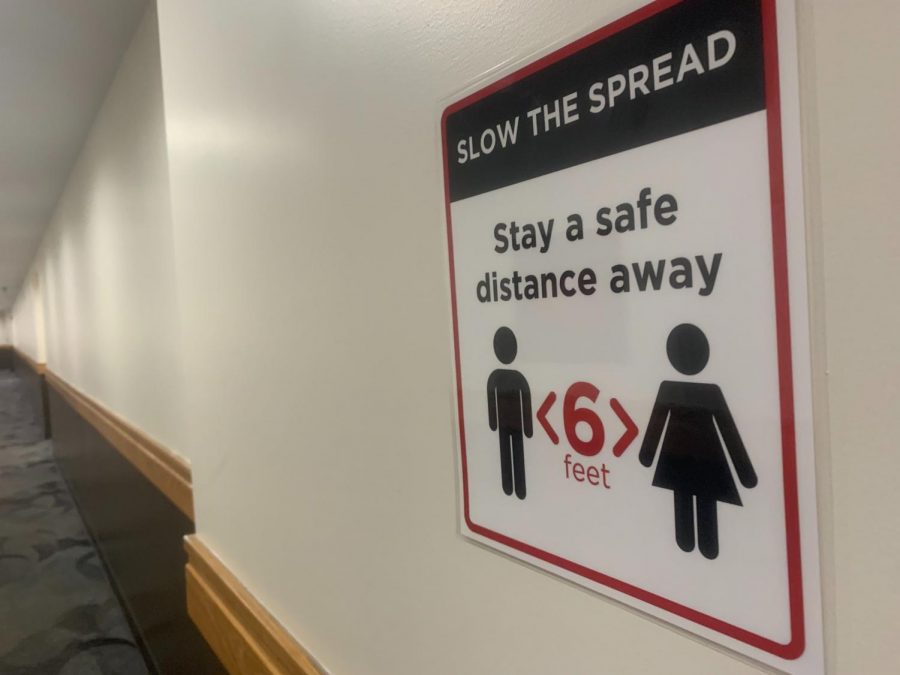The Russian playwright Chekov once said that if you fire a gun in Act 3 of a play, be sure to show it on the wall in Act 1. Those of you who have read a Tom Clancy novel, know that in the first hundred or so pages, there are enough guns to open an armory.
Act 1 of Tom Clancy’s new novel The Bear and the Dragon begins in Moscow. Imagine two white Mercedes Benzes on the same street in Moscow. One of them blows up in the middle of the road. One of these cars contained a Russian Mafia pimp, the other, the head of the SVR, the reformed KGB. Which was the target?
That’s only the first five pages of this international thriller.
The situation gets worse. In Siberia, there is a retired Soviet sniper who hangs gold wolf pelts on his walls, letting them collect gold dust from a nearby river. And, only miles away from the source of the precious dust is an oil field to rival any in the Middle East. Why is this bad news for the economically strained Russians? Because the only thing standing between these newfound treasures and one of the biggest armies on the planet is a poorly trained and poorly funded collection of Russian troops.
Now, look south to the People’s Republic of China, where human rights aren’t humane, and government is controlled by a madman who tried to wage secondhand warfare against the United States in Debt of Honor and in Executive Orders. And two men of God sent to a godless land will, with one heroic act, make the world explode.
Finally, turn to Washington, D.C., where newly elected president Jack Ryan has to deal with a $70 billion trade imbalance with China. He threatens to use the Trade Reform Act, which would enable the United States to mirror China’s trade policies. Throw this in on top of all the rest and you get the beginnings of a war or maybe the screenplay for another Jack Ryan movie.
This long-awaited novel, The Bear and the Dragon, is the next in the series that started with The Hunt For Red October. It has all the elements any Clancy fan would want: a moving plot, the intricacies of international politics, and enough details about technology to make you wonder who the author knows at the CIA. As usual, Clancy weaves together more than half a dozen seemingly independent story lines with a marvelous craftsmanship that surpasses description. He makes use of politics and religion with skill. The West Wing is dull and unimaginative by comparison. He wields cultural knowledge so that he makes every last word and deed believable to such a degree that it could be current events.

